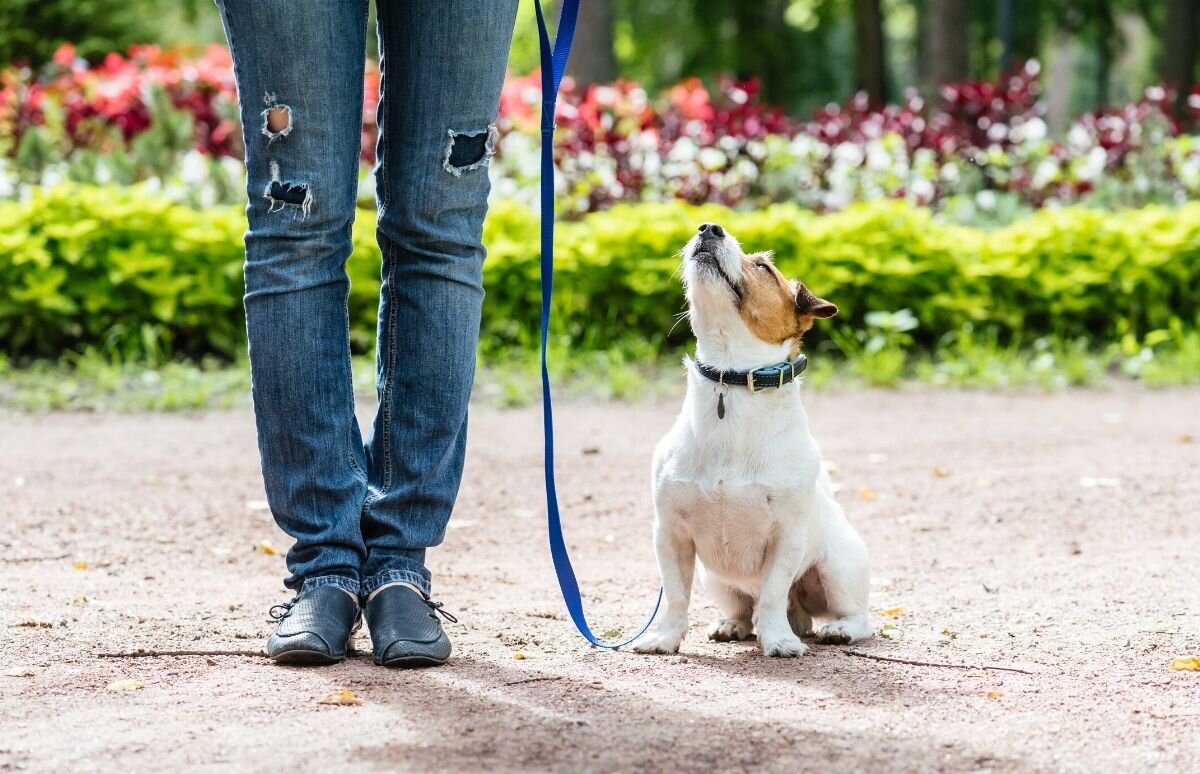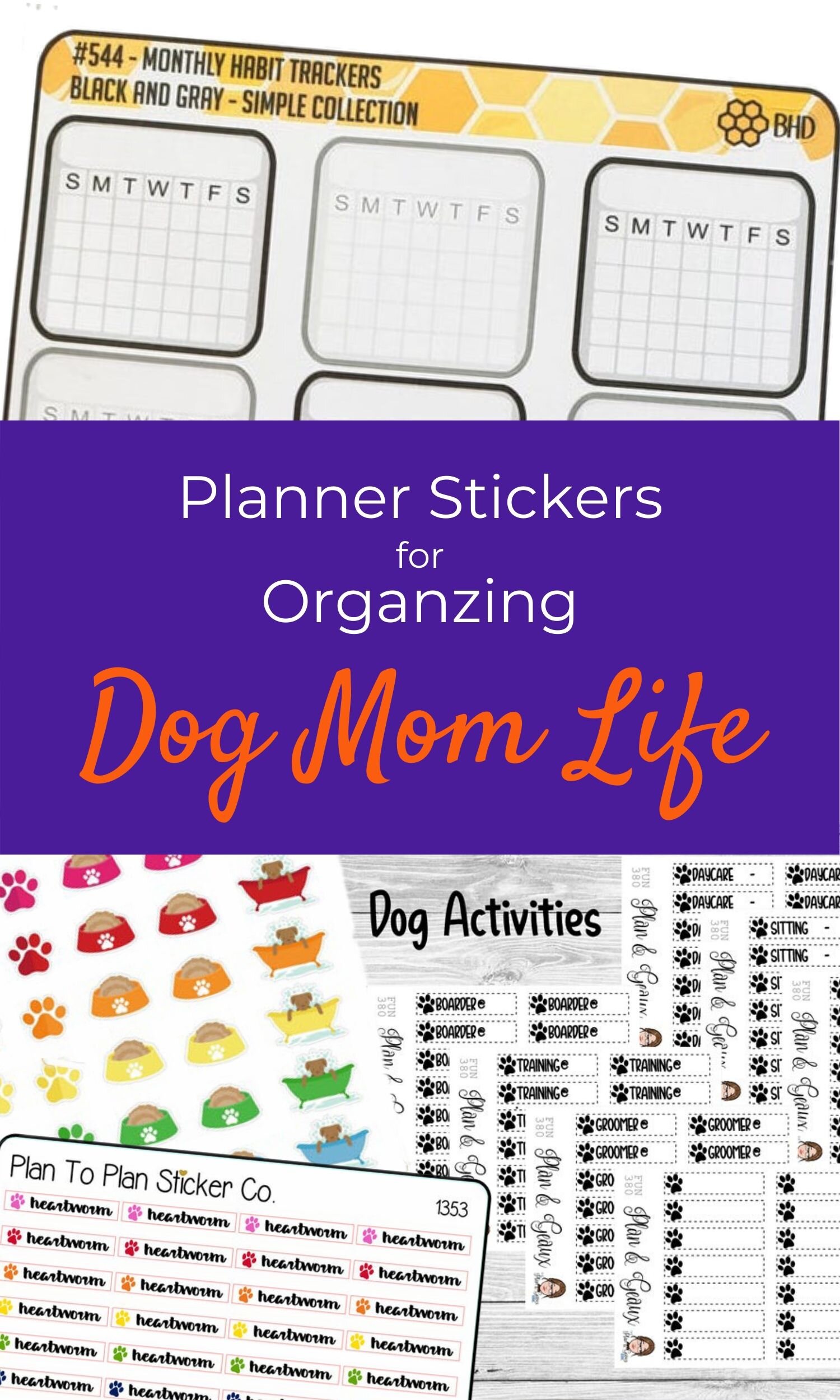Book Review: Citizen Canine: Ten Essential Skills Every Well-Mannered Dog Should Know by Mary R. Burch, PhD
/I read this official training publication of the American Kennel Club over several months.
While you could easily read this book in a weekend, you could also opt to read a chapter here and there.
Since the chapters are organized by each of the ten tasks a dog must demonstrate to earn the Canine Good Citizen title, you could also read these chapters in any order.
Reading the e-book frustrated me a bit because I would have preferred to keep all of my notes and ideas about training in a physical copy of the book. Lesson learned.
I've bought a few more dog training books since this one. All physical copies, so in addition to making my own notes, I can also lend them out.
The introduction struck a few chords with me. I knew the pet industry was huge, but $43 billion was a dollar amount I would not have guessed.
Additionally, dogs are incredibly popular with 73 million living in 69 million American households.
Since the book’s 2011 publication, the pet industry has grown even more. According to the American Pet Products Association, in 2019, Americans spent $95.7 billion on our pets.
The concern that began trending in pet circles was that not every dog parent was raising a well-behaved pup. As a response to this concern, in 1989 the AKC began their Canine Good Citizen Program.
“Remember that being a responsible dog owner means that your dog never infringes on the rights of another person.”
This post may contain affiliate links, which means at no additional cost to you, I may earn a small commission if you click through and purchase something. Please see my Affiliate Link Disclosure policy for more details.
What kinds of problems and solutions were occurring?
Since some people choose not to train their dog properly, problems have ensued. Dogs running loose may lead to dog bites.
Some cities like Caraway City, Arkansas passed ordinances banning certain breeds of dogs they deem nuisances or dangerous. In the 2004 Caraway City ordinance, the city banned Pit Bulls, Rottweilers, and Doberman Pinschers giving owners of these dogs just ten days to find new homes.
Last year Arizona enacted a statewide ban on any laws that restrict specific breeds of dogs. While many other states have also passed legislation banning any laws that try to regulate dog breeds, those pieces of legislation can be changed with a new crop of elected officials.
What is the Canine Good Citizen Program?
The AKC developed the CGC Program to answer the need for well-behaved dogs who can be welcomed into any community. The user-friendly format of this training curriculum focuses on the ten tasks a dog must perform in order to earn the title Canine Good Citizen:
Accepting a friendly stranger
Sitting politely for petting
Appearance and grooming
Out for a walk (walking on a loose leash)
Walking through a crowd
Sit and down on command/Staying in place
Coming when called
Reaction to another dog
Reaction to distractions
Supervised separation
How is the book structured?
Each chapter clearly defines what your dog must do to demonstrate the skill required. The philosophy behind each task is explained. The majority of each chapter is dedicated to providing training exercises for dogs at different stages of training.
For instance, if your dog gets anxious every time you leave your home, this program advises starting a systematic training process where you dedicate a block of time to practicing you leaving the house.
You leave the house. You're allowed to exit with a goodbye phrase if you practice that routine regularly. Once outside you close the door, immediately open the door back up, and enter your home. You gradually increase the amount of time you spend outside. The curriculum expands into a few other "What if my dog..." scenarios.
I appreciated how much this program stresses socialization.
“Socialization is not something that should be addressed for a short time and then stopped. If you are a responsible owner, socializing your dog will be an ongoing activity that occurs as a natural part of everyday living.”
Want specific training tips for each of the ten Canine Good Citizen test tasks?
Click here for our comprehensive Canine Good Citizen resource center.
How useful are the dog training exercises?
If you're familiar with the CGC Program and Test, then there aren't really any surprises within this book. Depending on how many other dog obedience classes you've been to, and even how many other dog training books you've read, the information here is solid, but not earth-shattering.
While I found many good exercises in this book, most of the ones I was truly interested in would require me to train with a few other people and their dogs. Now the entire time I was reading this book, I was thinking about Bernie. The notes I took all pertain to how I would use the curriculum with him.
While I may use many of the same exercises and techniques with our other dog Lizzie, if I truly want to be thorough, I will need to read the book again to take notes specific to her. I just don't see me doing that. I have four other dog books on the to-be-read pile, three of which deal specifically with training techniques.
Plus, I am fortunate to live near trainers who offer CGC Classes that I can afford. Bernie is already signed up for a CGC Class in 2018 and until then, we're attending a drop-in weekend class at least once or twice a month. I like having the interaction with a person. Our trainer can watch me and Bernie and help me correct what I'm doing to help Bernie understand what I want him to do. A book can't do that.
Was this book a waste of time?
Not at all. I'm a new dog mom, so I like reading about different techniques, watching video tutorials, and attending dog obedience classes. I especially like practicing different exercises one-on-one with my dogs. However, if I were a more experienced dog mom, I think this book would be too elementary in its content for me.
Besides new dog parents, I think aspiring dog parents could benefit from reading this book. If someone wants a well-behaved dog, they should at the very least scan this book to get a sense of what's involved in training a dog, especially the life-long commitment to keeping that training fresh in your dog's mind.
What dog training books do you recommend?
Please share in the comments.
Other featured book reviews:
































